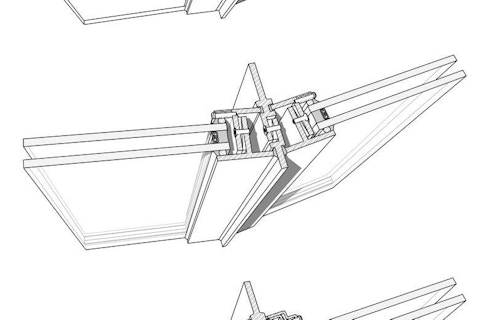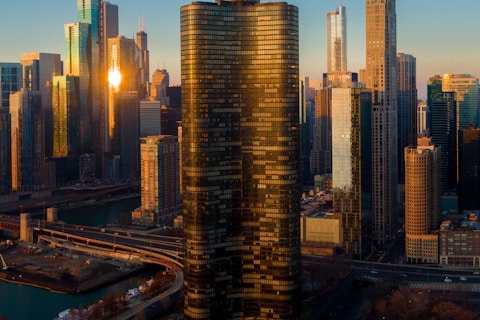Read Full Article.
Thermal and Fire Characteristics of FRP Composites for Architectural Applications
The advantages and challenges for FRP in architectural applications as discussed in our 2015 paper are still very much true today. As the advantages of FRP are discussed comprehensively elsewhere in this issue of SKINS, I will focus my comments on FRP fire behavior. FRP is one of many “combustible” materials or systems used in and on buildings today. Material systems based on wood products and polymers continue to draw interest for their characteristics, especially as climate change and building resilience are now—and will be into the future—key issues for architects and building designers. Recent fire loss history in buildings continues to show that fire resistance behavior of material systems and assemblies is vitally important to ensure life safety and property protection in buildings.
As noted in our paper, FRP fire behavior of systems still cannot be modeled on the computer. Although today our ability to simulate FRP pyrolysis (thermal decomposition) has improved, we do not yet have pyrolysis models and material databases that are verified, validated, and certified for use as part of design codes and standards.
For current and near-term practice, the demonstration of FRP fire-safe behavior will continue by full-scale testing. The development of bench-scale testing and/or intermediate-scale testing, and the use of fire models and pyrolysis models, are key to the efficient and economic development of FRP material systems and related assemblies. Such future developments promise to greatly minimize the number of costly full-scale tests needed to demonstrate fire-safe behavior.

Nicholas Dembsey
Worcester Polytechnic Institute
Looking for something specific?
Search our extensive library.
FTI’s SKINS email is the central source for the latest in building skin trends and research.
All emails include an unsubscribe link. You may opt out at any time. See our privacy policy.









